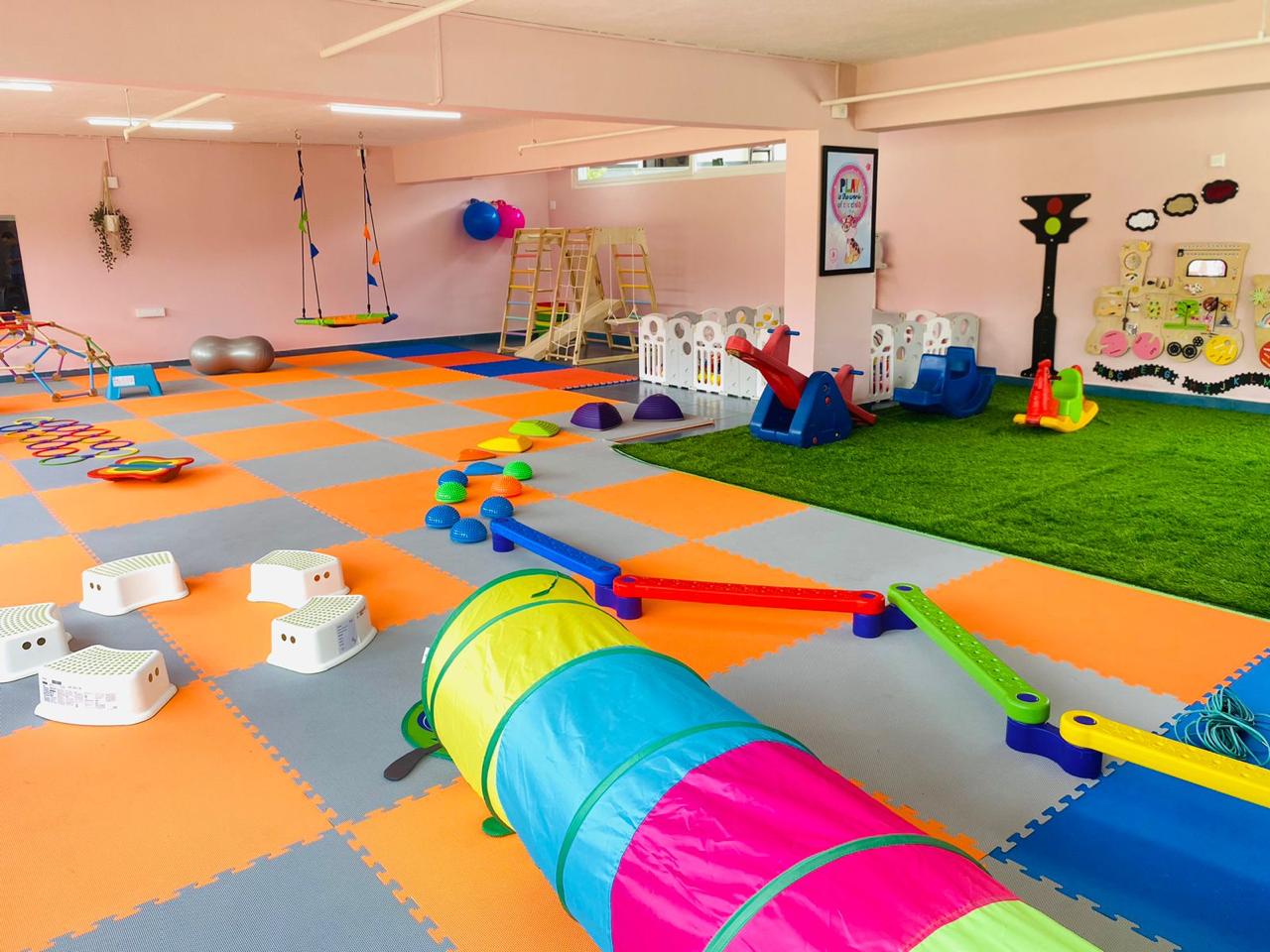
Clinical Social Worker
How Sensory Parks Aid in Early Detection of Developmental Disorders
Early childhood is a critical period for identifying and addressing developmental disorders. Sensory parks play a crucial role in this process by providing environments that stimulate children's senses in ways that reveal their unique developmental needs.

Creating a Stimulating Environment
Sensory parks are designed to engage the five senses—sight, sound, touch, taste, and smell—through various activities and materials. These environments encourage children to explore and interact with their surroundings in diverse ways. By doing so, educators and healthcare professionals can observe how children respond to different stimuli, identifying potential areas of concern.
Observational Opportunities for Educators
In a sensory park, educators can closely observe children as they navigate through different sensory experiences. This setting allows them to notice specific behaviors and reactions that may indicate developmental issues. For example, a child who avoids certain textures or exhibits distress with particular sounds might be showing signs of sensory processing disorder. These observations are critical for early identification and intervention.
Standardized Activities and Assessments
Sensory parks can be equipped with standardized activities and assessments designed to evaluate a child's sensory processing abilities. These tools can help educators and specialists systematically observe and record how children respond to various sensory inputs. The data collected from these activities can provide valuable insights into each child’s sensory preferences and potential difficulties.
Encouraging Parental Involvement
Sensory parks also offer opportunities for parents to be involved in their child's development. Parents can observe their children in the sensory park and gain a better understanding of their sensory preferences and challenges. Educators can provide feedback and guidance to parents, helping them support their child’s development at home.
Supporting Inclusive Education
Sensory parks are an excellent resource for inclusive education, accommodating the needs of all students, including those with developmental disorders. These parks provide a safe and supportive environment where children with sensory processing issues can engage in activities at their own pace. This inclusive approach helps normalize different sensory experiences and reduces the stigma associated with sensory processing disorders.
Early Intervention and Support
The early detection of developmental disorders is crucial for effective intervention. Sensory parks enable early identification, allowing children to receive the support and resources they need as soon as possible. Early intervention can significantly improve outcomes for children with sensory processing disorders and other developmental issues, helping them develop coping strategies and skills that enhance their daily lives.






